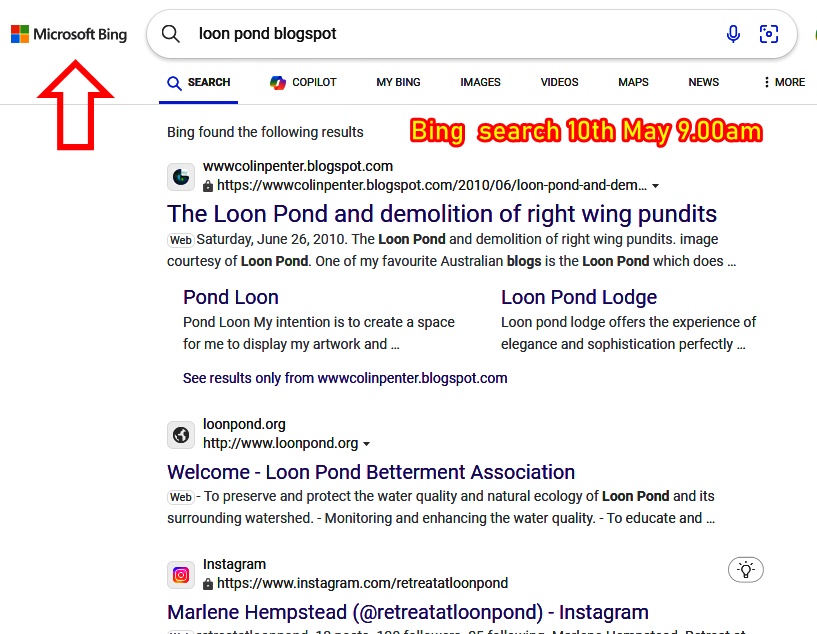… and a bit of a reflection on that 65th Reunion of our Class of 1959
Sad news for the Class of 1959
Thanks, Clive Kessler, for letting us know in the Class of 1959 Reunion group email just now. The Dux of 1959! Well-known classmate Ted Oliver.
OLIVER Edward Howard aged 80
Loving husband of Louise
Beloved father and grandfather
Lover of trains and music.
A funeral service will be held at 11am on Monday 20th May 2024 in the Magnolia Chapel of Macquarie Park Cemetery, Cnr Delhi & Plassey Roads, North Ryde.
Their 65th will coincide with Sydney’s 300th!
Now
And in 2088?
The mind boggles! What kind of world will the Class of 2023 inhabit on their 65th Anniversary?
The shirtless pianist phenomenon
I am not complaining. I first observed it about a year ago, and the pianist involved was very talented indeed. His piano playing was also excellent.
Do take time to listen…
The next one popped up on my YouTube just yesterday. He hasn’t the same level of musical expertise as Peter Buka, who actually is a thoroughly trained pianist, but this improvisation session is not at all bad. Neither is he.
He has a long way to go before he matches Peter Buka’s 3 million subscribers though.
Michael Andreas Haringer — that descendant of Franz Liszt — dresses down also. But he also dresses up on other occasions. Here he is in classical mode.
Not at all like Liberace, any of them, eh!
Pianistically Peter Buka is probably better, as is Michael Andreas at his best. But my Grandma Ada loved Liberace….
I’ll keep looking into this shirtless pianist phenomenon. Sorry, listening…
Now two Russian vlog friends: Daniil and Roman
Daniil, why have you never got in trouble?













